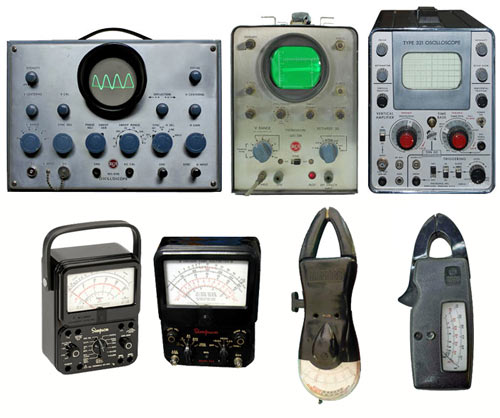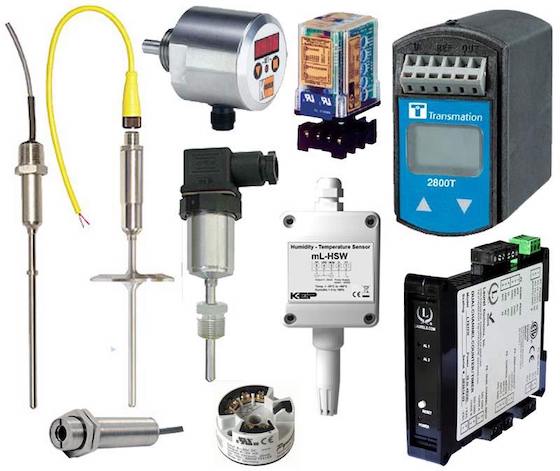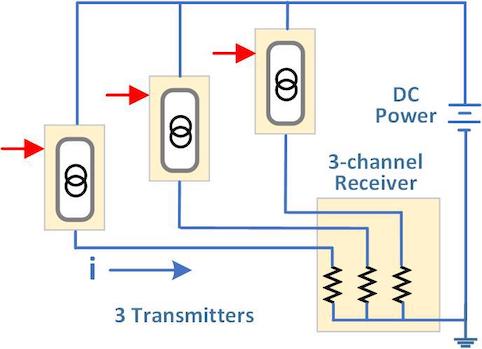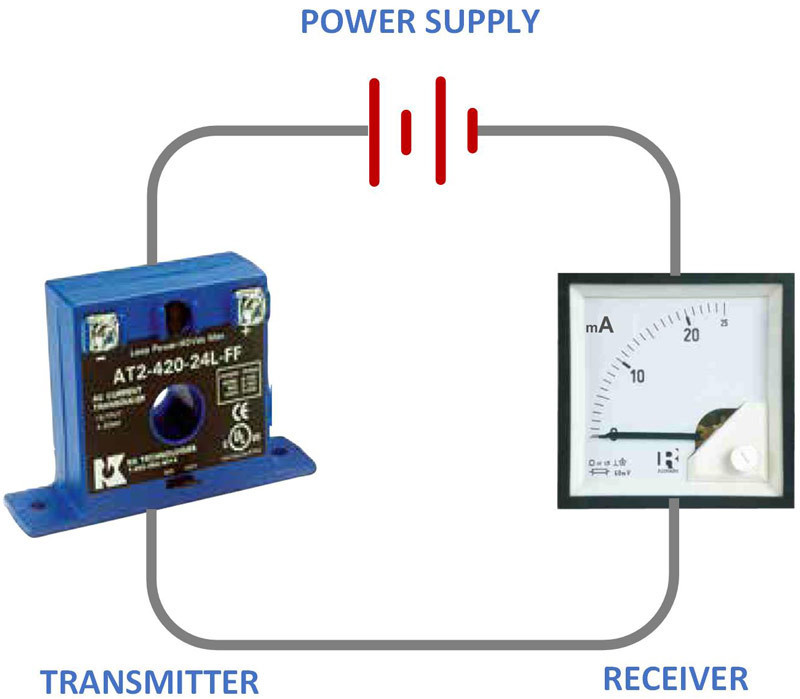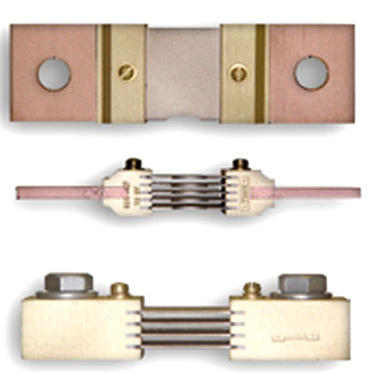This year Weschler Instruments celebrates its 80th year as a supplier of meters and instrumentation. Much has changed in electronic measurement equipment and technology since 1941. Vacuum tubes were replaced by transistors and then integrated circuits. Analog indicators became digital readouts and then graphical touchscreens. Manual operation migrated to automatic sequencing and then fully computerized tests. (more...)
